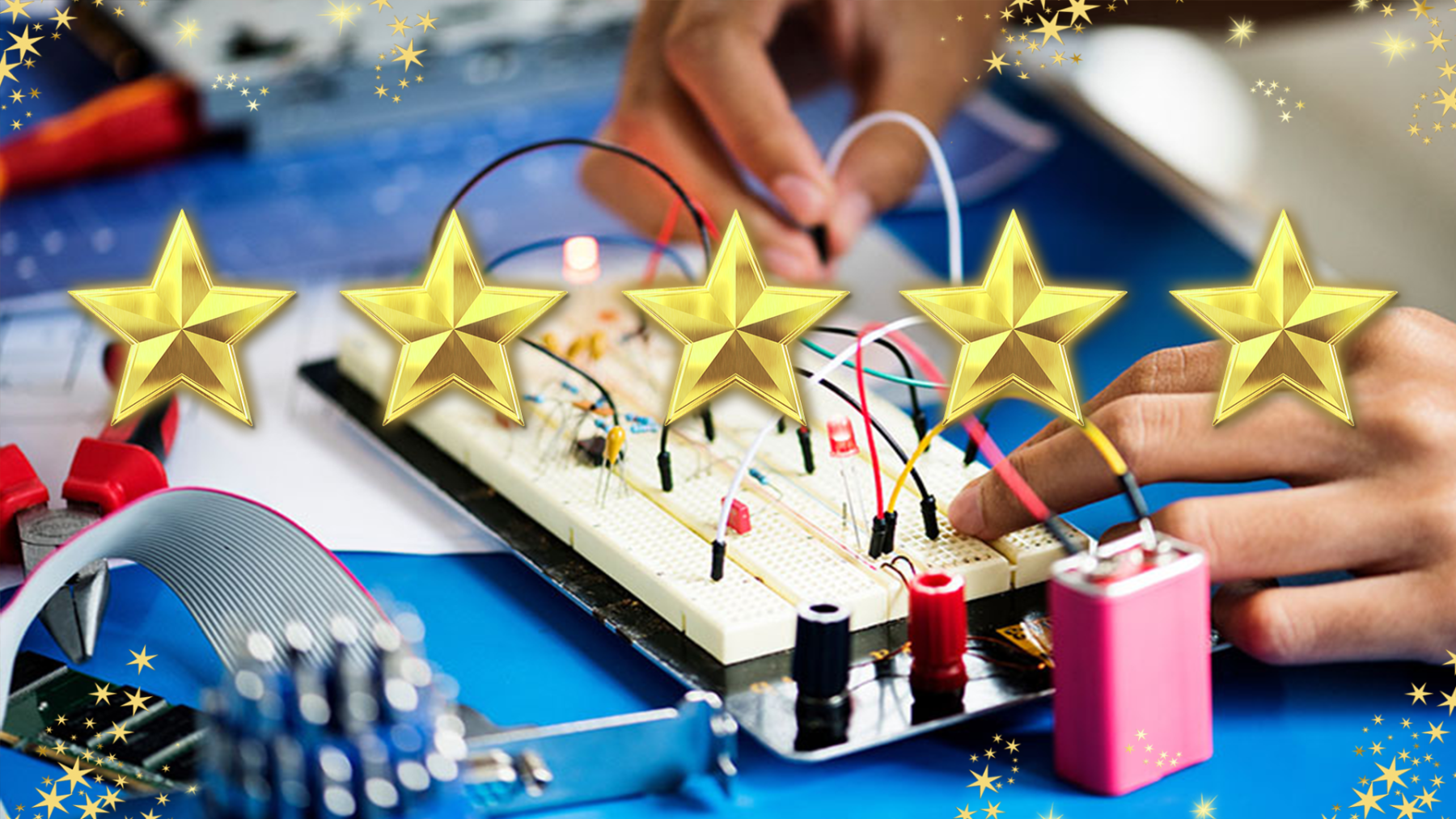
A Shocking Dystopia: STEM Adventures in The City of Ember Part 2 of 4: A Way to See in the Dark
This lesson is PART 2 of a four-lesson unit, which focuses on futures thinking, the phenomenon of electricity, closed-system agriculture, and water as a renewable energy resource. “The City of Ember” is a dystopian novel by Jeanne DuPrau that explores themes of self-sufficiency, resourcefulness, and the consequences of relying on unsustainable systems. The story is set in a city where the infrastructure is failing, leading to a potential blackout and loss of essential resources. In Lesson 2, A Way to See in the Dark, students make sense of the phenomenon of electricity when they build this everyday household item. They use the science and engineering practice of defining a simple design problem and the disciplinary core idea of designing solutions to design their own operating series circuit flashlights. By exploring electricity and how flashlights work, students engage with the crosscutting concept of evolving technologies. Students design, build, and test a battery-powered “moveable light” for Lina and Doon to take on their journey.
Lesson Grade Level
4th GradeLesson Plan Link/URL
https://docs.google.com/presentation/d/1rCviBe6BaEjEL8oj_tcX7DDAZ0H6V_DC8wxa9k0…Subject Area
Science Physical Science P4: Energy Transfer Technology 1. Empowered Learner 4. Innovative Designer Engineering S1: Engineering & Global Society S2: Apply the Engineering Design Process S3: Apply Mathematics to Engineering S4: Apply Science to Engineering S5: Apply Technology to Engineering Mathematics Number and Operations in Base Ten (NBT) Measurement and Data (MD) English Language Arts (ELA) Reading (Literature) Speaking & ListeningRelated Content

After becoming familiar with the factors that affect lift from the previous Flight Basics lesson and going over key weather concepts from this lesson, students will be expected to make a device to

Students learn about the chemistry that exists in some of the world's oldest surviving paintings. This lesson is the final part of a 3 part painting series, and focuses on binding agents in paint

Students will learn about kinetic and potential energy and how energy transfers. They will use that knowledge in order to collaborate with peers to create a roller coaster that will demonstrate this